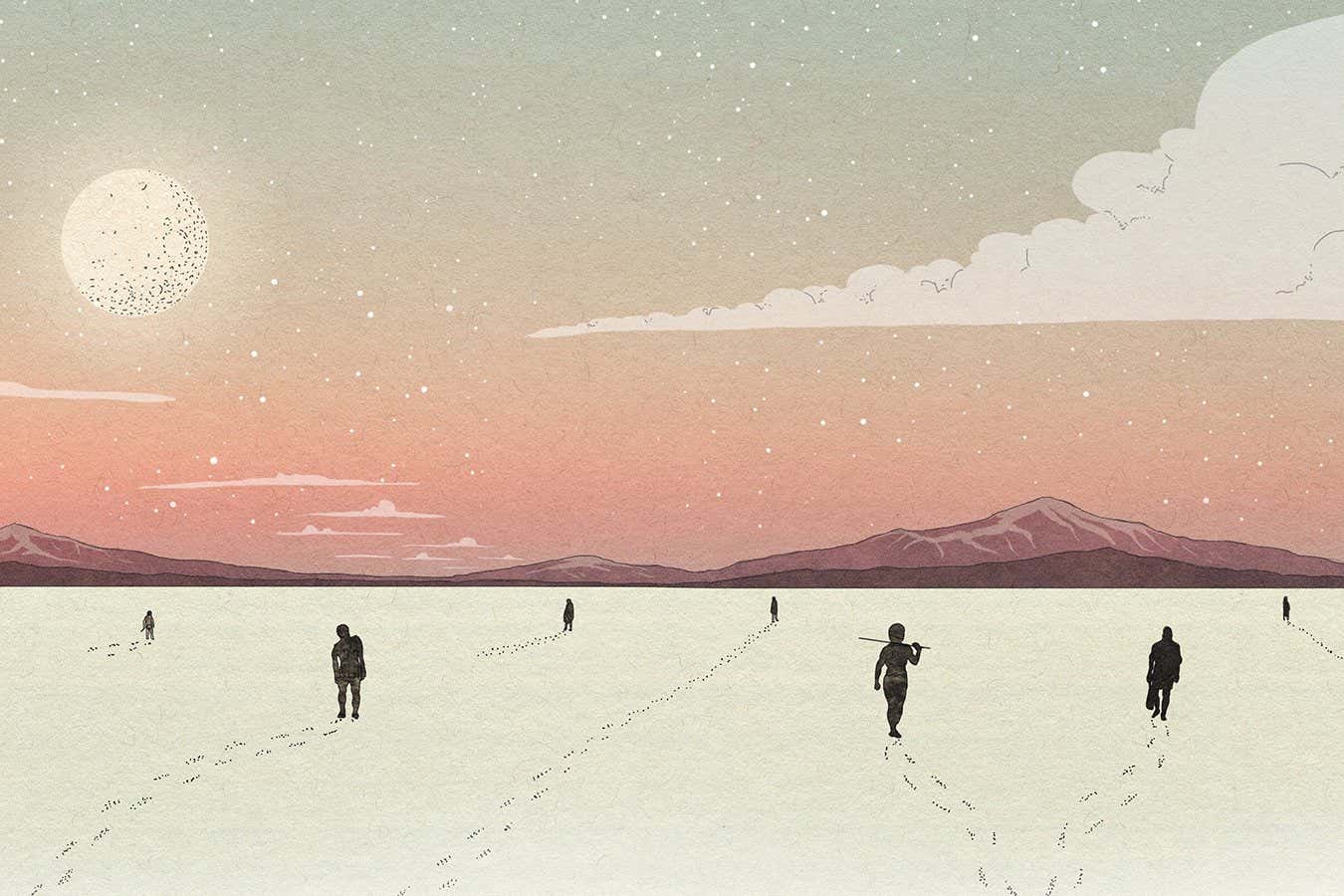Now Reading: How Humans Almost Lost Their Path to Dominance
1
-
01
How Humans Almost Lost Their Path to Dominance
How Humans Almost Lost Their Path to Dominance

Quick Summary
- Homo sapiens have faced multiple extinction events throughout history. Ancient DNA is shedding light on why certain lineages of humans survived while others vanished.
- Although modern humans originated in Africa roughly 350,000 years ago, a pivotal migration out of Africa occurred 50,000-60,000 years ago, leading to the settlement of Europe and Asia.
- Earlier human species like neanderthals, denisovans, Homo floresiensis, and Homo luzonensis inhabited these regions but eventually disappeared as Homo sapiens expanded.
- Stoic early populations such as the LRJ group (lincombian-Ranisian-Jerzmanowician lineage) lived in northern Europe during the last glacial period with an estimated population size of just 200 individuals. Their artifacts included leaf-shaped stone tools found across regions from Britain to poland; however,their DNA has no surviving traces in present human populations.
- These groups often faced isolation and challenges from climate changes during glacial periods. Tiny populations amplified their vulnerability to extinction due to social disruptions or ecological shifts.
- Genomic studies reveal some interbreeding between modern humans and Neanderthals/Denisovans. Groups suffering fragmentation often lost genetic continuity over time without contributing descendants.
- Archaeological records hint at three waves of migrations into Europe by Homo sapiens between 55,000-42,000 years ago. The third wave likely established cultural dominance due to larger networks and more robust population sizes.
Images:
- Leaf-shaped stone tool artifacts found in Ilsenhöhle cave (Josephine Schubert/Museum Burg Ranis).
- Wolf/deer bones showing evidence of butchery by early Homo sapiens (Geoff M Smith).
- Fossilized footprints preserved at White Sands national Park (~23,000 years old).
Stay Informed With the Latest & Most Important News
Previous Post
Next Post
Loading Next Post...

























